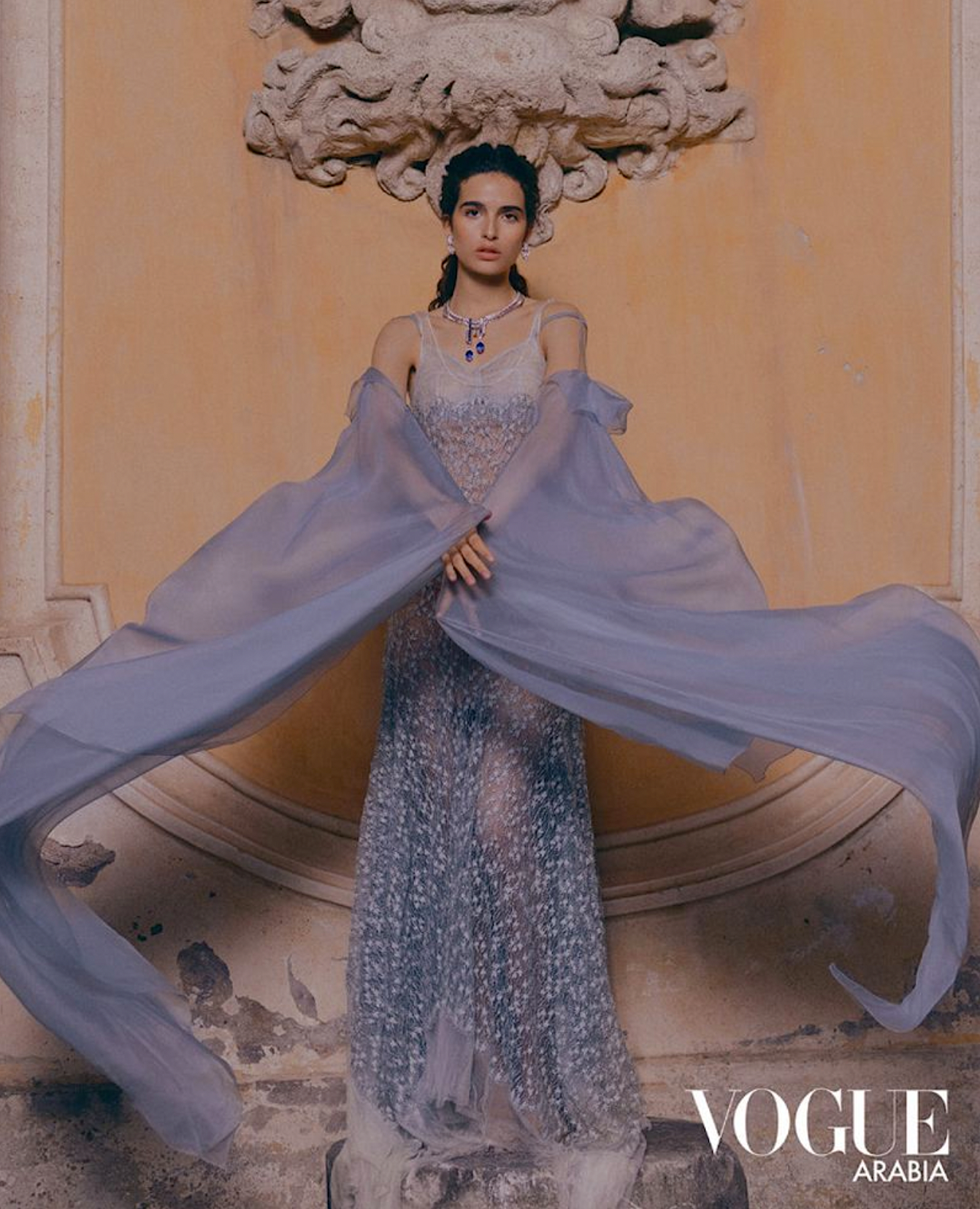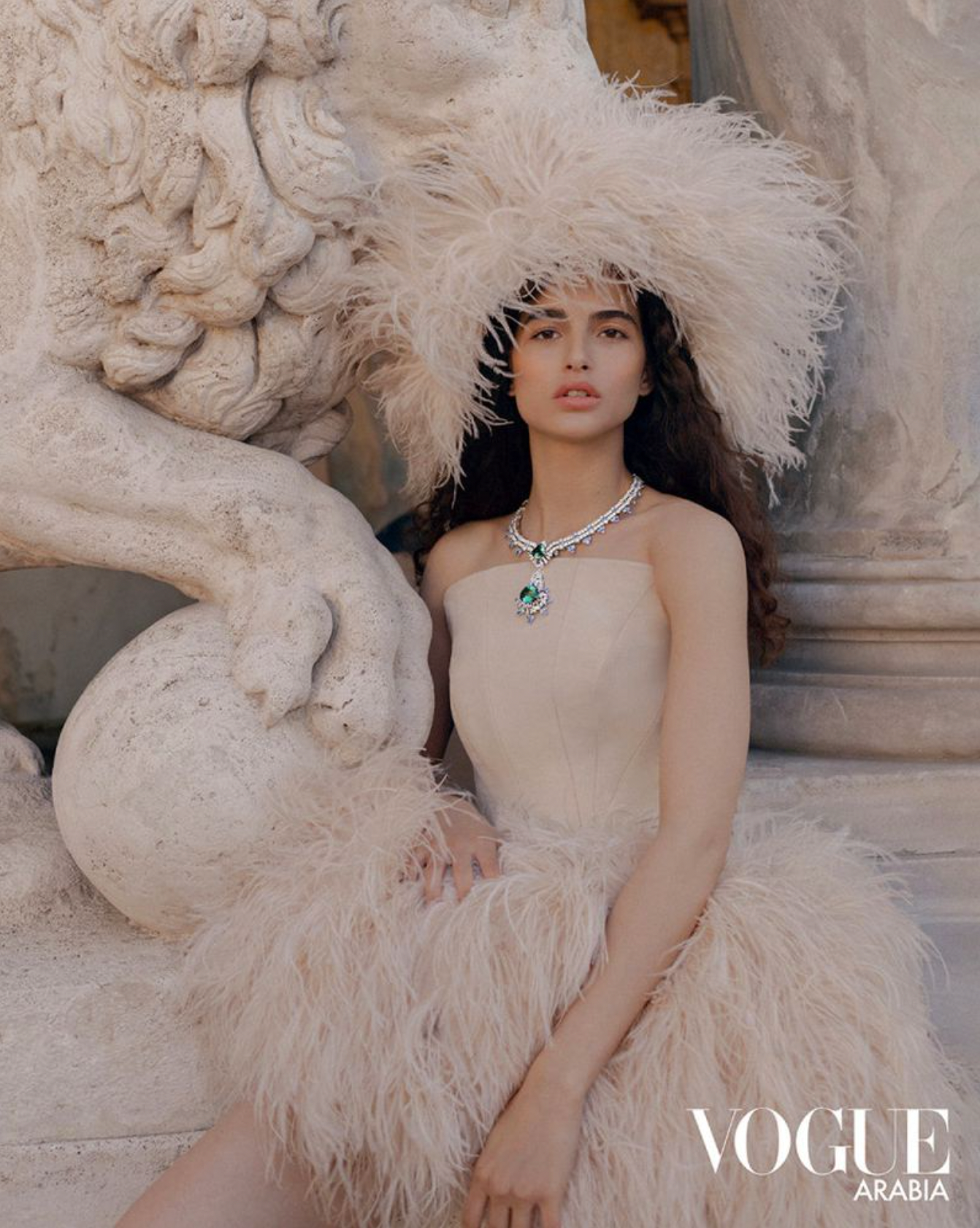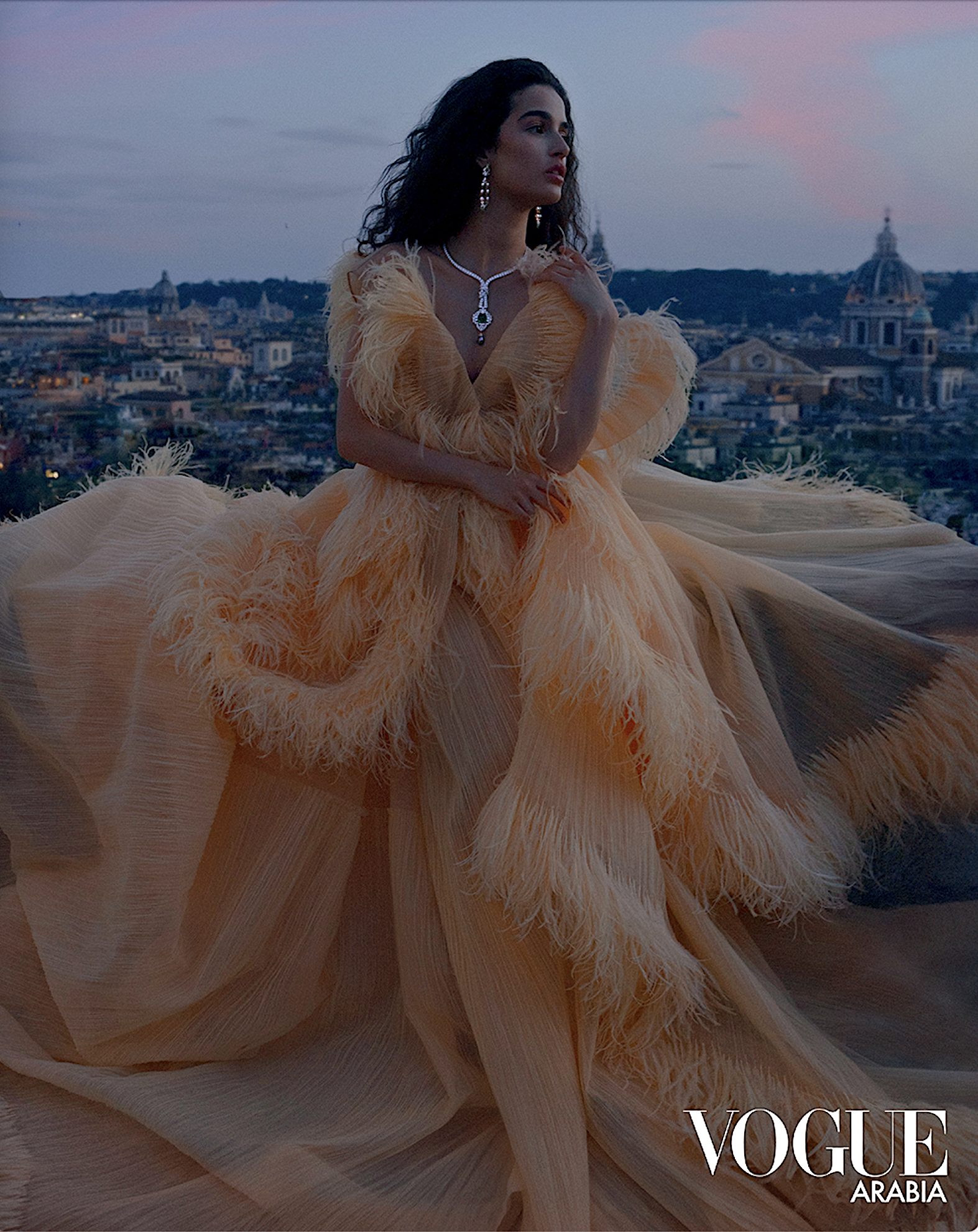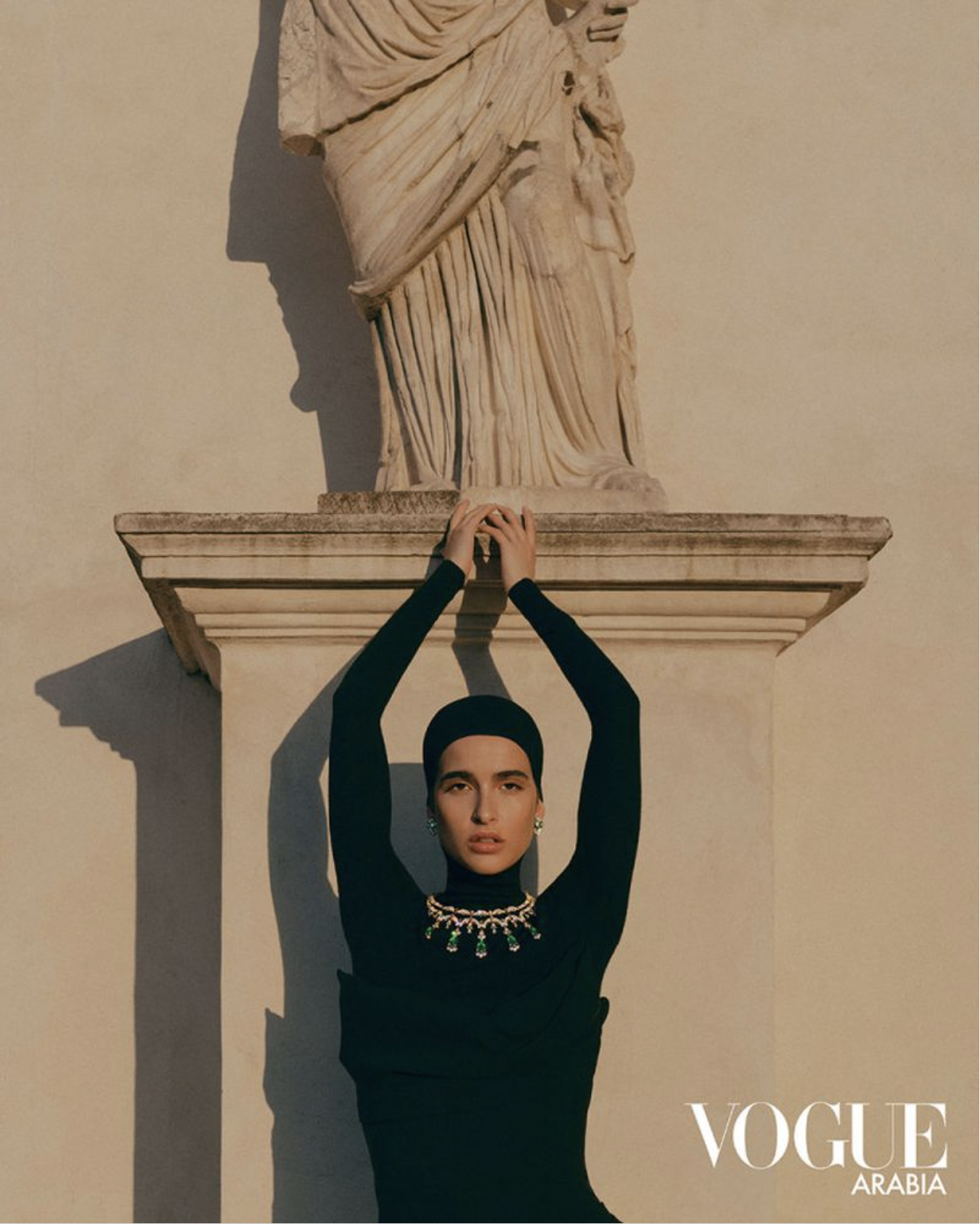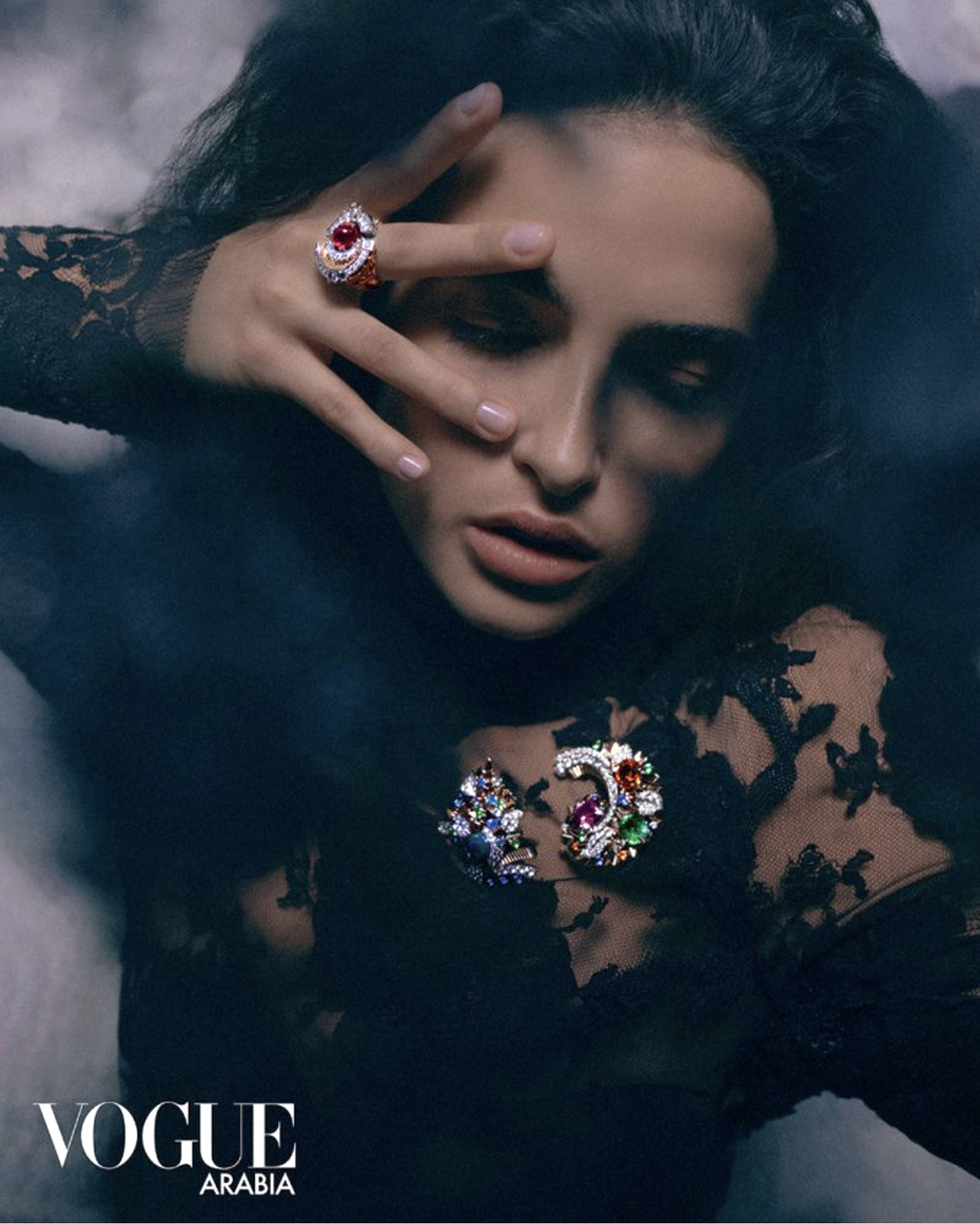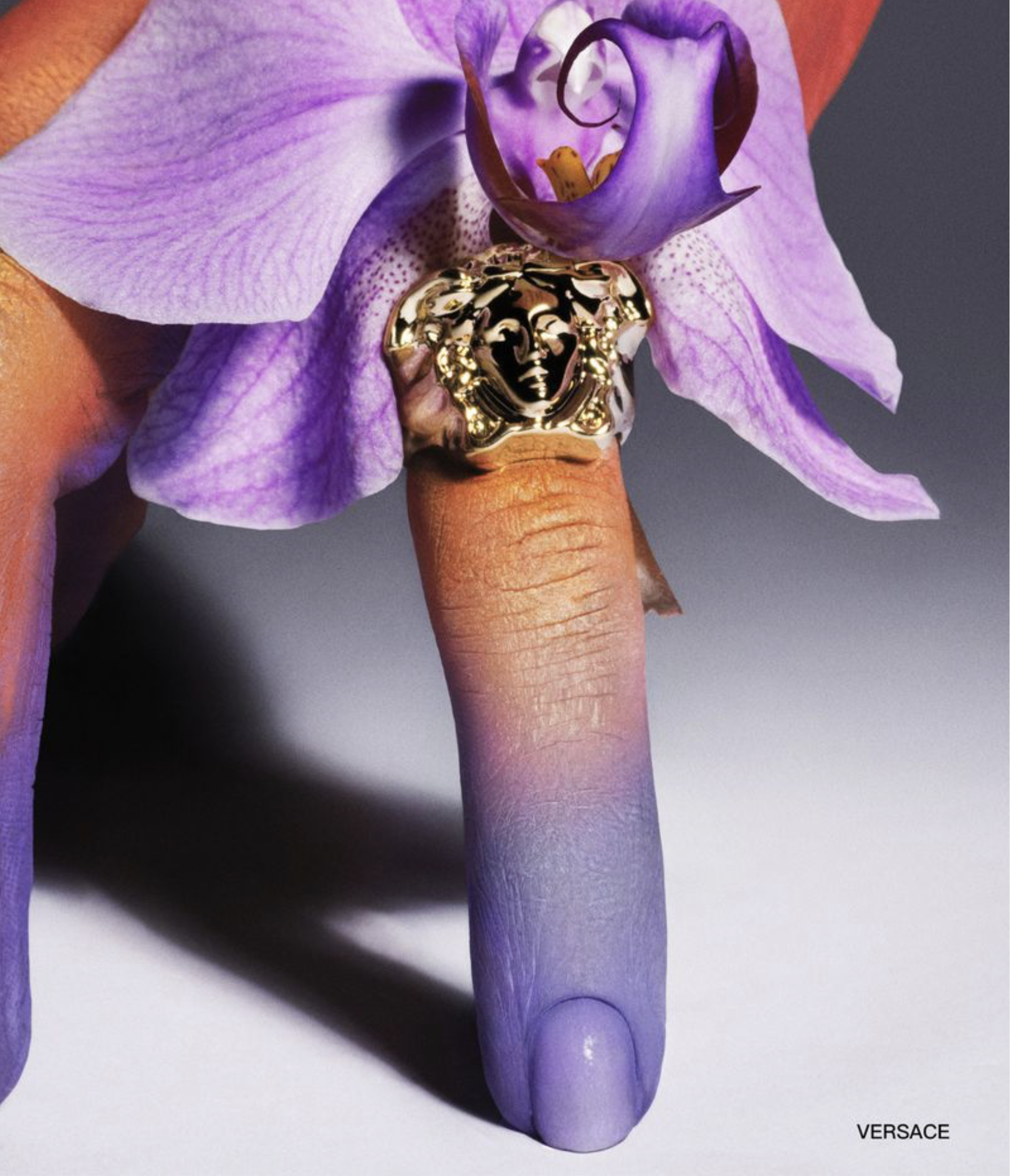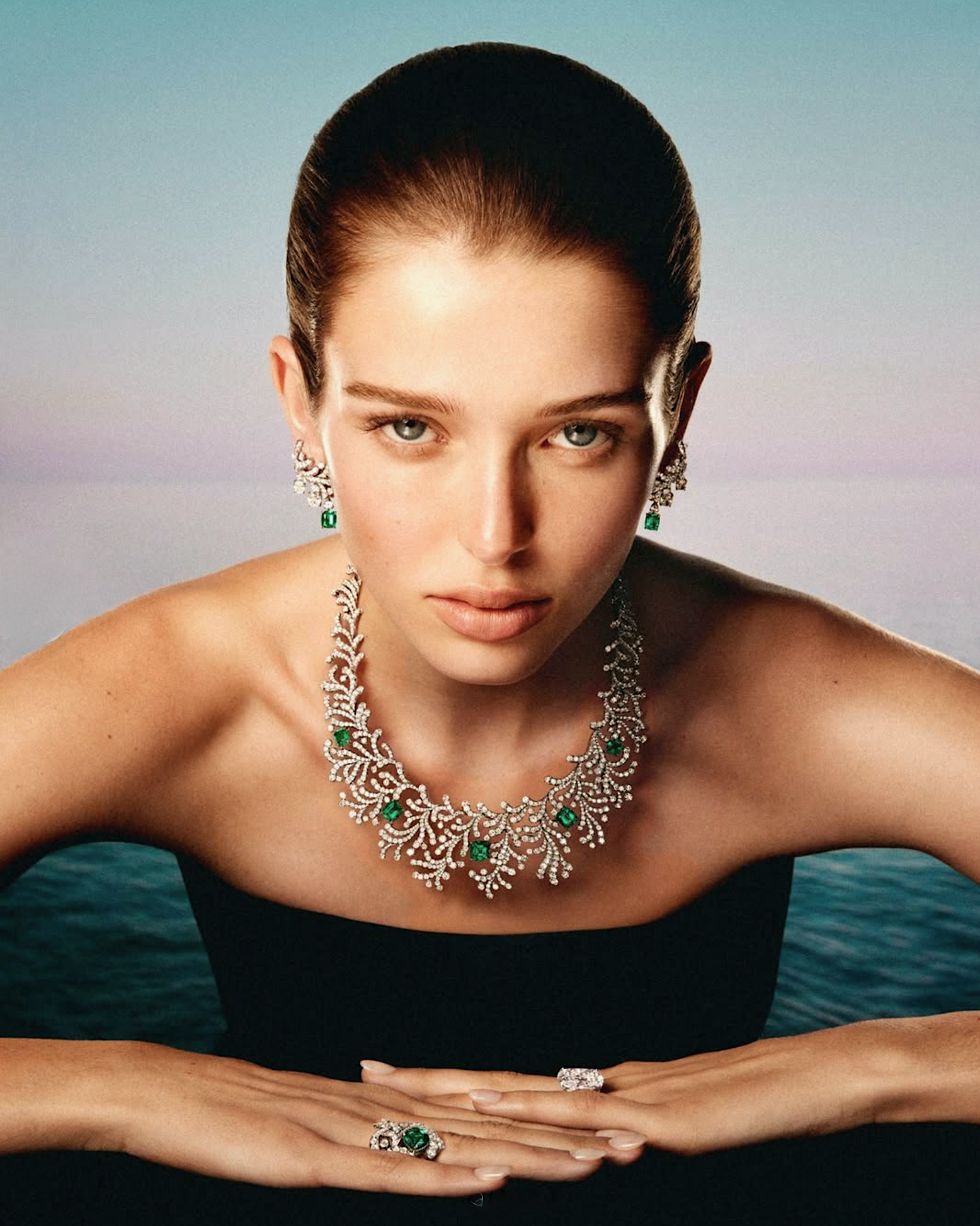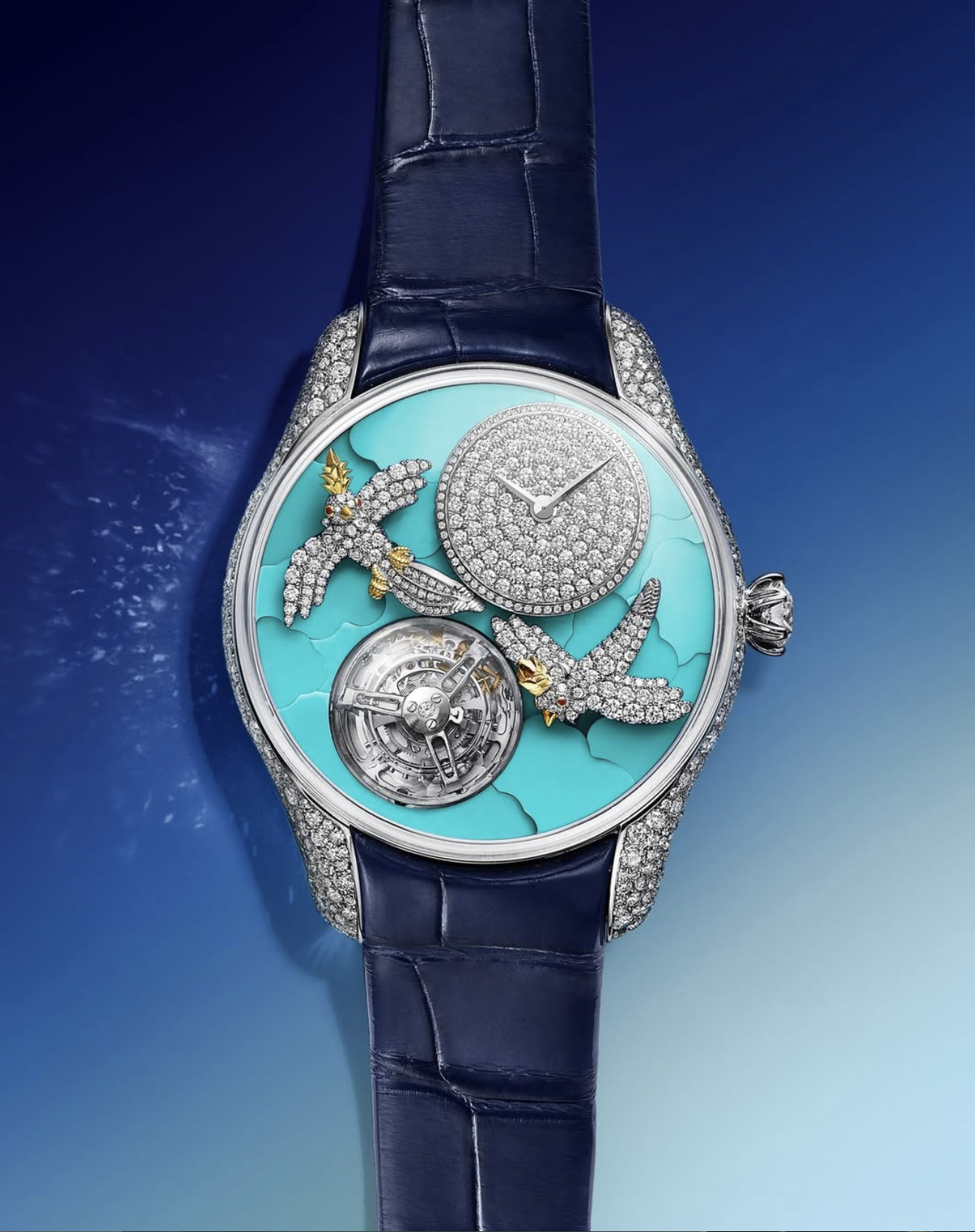Van Cleef & Arpels 'The Grand Tour' High Jewelry with Chiara Scelsi in Vogue Arabia
/History of the Grand Tour
The Grand Tour in Europe was a cultural and educational journey undertaken by young aristocrats and upper-class individuals during the 17th, 18th, and 19th centuries.
Considered an essential part of a person's social and intellectual development in Europe, the Grand Tour typically lasted for several months to several years, and it involved visiting various cities and landmarks across the continent, particularly in Italy, France, and England.
The journey was undertaken by men, and occasionally women, usually in their late teens or early twenties. The travelers were accompanied by mentors or tutors, ensuring they received proper education and guidance during their tour. These mentors were responsible for teaching them about languages, history, the arts, and the customs of the countries they visited.
Van Cleef & Arpels’ Creative Embrace of the Grand Tour
In its Fall 2023 presentation in Rome, fine jeweler Van Cleef & Arpels chose the ‘Grand Tour’ experience as the cultural inspiration for the designs of the luxury jeweler’s newest masterpieces.
In the words of Nicolas Bos, CEO of Van Cleef & Arpels:
“The collection is multi-dimensional. It blends the traditions of jewelry and decorative arts – such objects were brought back as souvenirs from the Grand Tour – with the idea of once again discovering and mixing periods and cultures. For that, we followed the trail of our predecessors and chose cities that were renown stops historically. We took inspiration from antique jewelry – Roman, Etruscan, Medieval or Renaissance –, marrying it with our own heritage, style and craftsmanship. The result is like a colorful sketchbook that invites to dive into destinations and gemstones.”
Global Exchanges in the Grand Tour
Working with my AI assistant Lulu, who manages three individual AI platforms, I asked her if The Grand Tour was for Europeans only. Or did privileged young men from advanced cultures in India, Arabia, South America, and America also experience the expansive immersion in European culture.
It took several questions, but our AI investigation actually differentiated between America’s and other global populations of aristocrats Grand Tour experiences.
Global Impact of The Grand Tour
Traditionally, the European aristocrats were at the forefront of experiencing the Grand Tour and reveled in the opportunity to delve into the cultural riches of science, art, architecture, and history.
Yet, as the colonial expansion in South America and India gathered momentum, individuals of wealth from these regions also sought to emulate the grandeur and sophistication of the Grand Tour.
New Global Alliances
Indian nobility displayed a fervent interest in the Grand Tour. Indian princes, Maharajas, and wealthy merchants embarked on this journey, desiring to be exposed to the intellectual, artistic, and architectural wonders of Europe.
The Grand Tour became a means for them to establish diplomatic alliances, acquire knowledge in areas such as governance and administration, and absorb European cultural practices that they deemed beneficial for their own societies.
This article will be extended into a second segment, as — once again — the wonders of AI have taken us down the rabbit hole of unexpected learnings. ~ Anne

